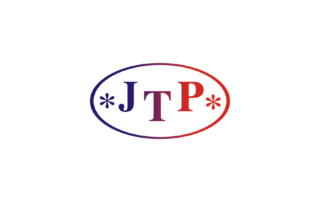Today let’s look at some common good practices worth remembering when delivering a translation project to a client. You know, all those little things that may trivial, but contribute to the way your work is received. Because it might happen that even if your translation is faithful and of superb quality but it looks sloppy, you might not make a very good impression. Why don’t you look at the handful of tips below, to see if there’s anything you might want to improve.

Best practices: #1 Sticking to the deadline
It’s one of the most crucial factors to take into account. If you promise your client that a given document will be ready by Friday 5.00 am, do the best you can to make it happen. It’s true that you can do only what you can do, and delays might happen due to some reasons. If, after browsing through the text, you anticipate any problems that might contribute to a delay, try to inform your client as soon as possible. Chances are they might dispel your doubts or you might be able to negotiate the terms that satisfy the both of you.
Best practices: #2 Meticulous scrutiny
This one goes without saying. It is the language that is your workshop, so using it proficiently proves your skills. A good translator should be able to express a thought in another language easily and with native-like accuracy, and have an adequate knowledge of the subject matter. But there’s more to translation than the obvious. You shouldn’t forget about the general impression the content creates during the reception. First of all, it should look neat: uniform, consistent formatting without unnecessary spaces, expanded spacing, etc. It might happen that a small typo or a missing comma might escape your attention, but try as much as you can to avoid such situations by using built-in spell checker and proofreading the text before handing it in. A good idea will be to ask somebody else (a colleague, a co-worker, etc.) to do the proofreading for you.
Best practices: #3 Sticking to the original formatting
If a document you received has some part of the text clearly separated from the rest, headings and footnotes, you might want to stick to the original layout. Failing to do so, would seem unprofessional and troublesome for your client. Most CAT tools these days are able to preserve the original formatting of the input text, so this should never be a problem.
Apply the same regard to the format of the received text. For instance, a pptx. presentation shouldn’t be sent in a docx, unless the client explicitly wishes you to do so.
It may not always be easy. Sometimes some documents require conversion from one format to another, to be able to get down to work. In some cases, preparing and converting the file is so time-consuming, you might want to charge extra for all the additional work. To avoid any misunderstandings, it’s advisable to notify your client in advance.
Best practices: #4 Keeping the original file name
An easy-to-forget trifle, especially if you’re up to your eyes in work, but it will make your life so much easier. And it’s a mutual benefit. It makes it easier for you to archive finished projects, and the client knows exactly what kind of documents they receive from you.
Best practices: #5 Keeping the email thread intact
Thesedays our inboxes have become overflowing with numerous messages. Without conversation threads, it might be difficult to have everything under control and keep track of your correspondence. Never delete single messages from the conversation, to make sure nothing is overlooked. When you send your translation back, you should also do it in response to the previous message. For the same reason, it’s advisable to keep the email subject intact. That way you’ll avoid confusion and save your (and your client’s) time. Unless, of course, you feel that starting a new email thread is necessary.










